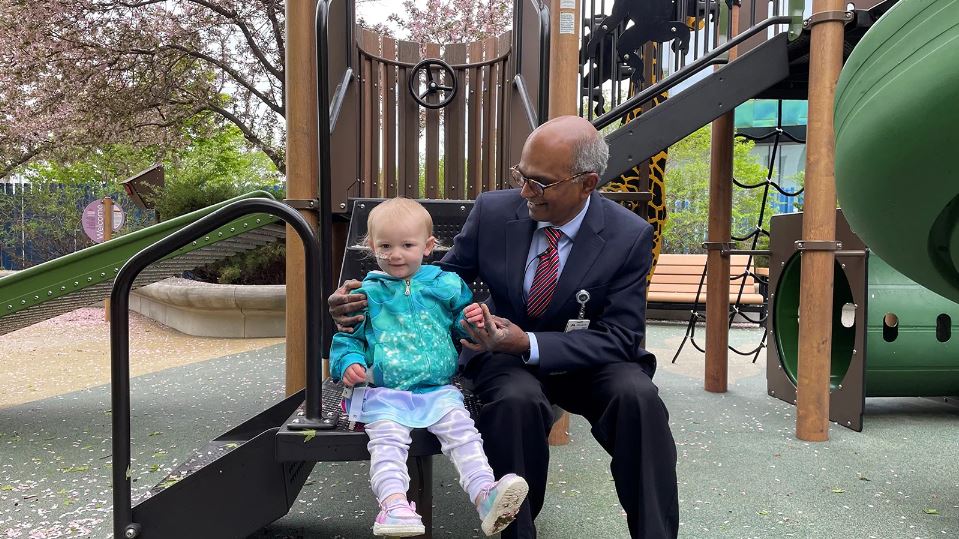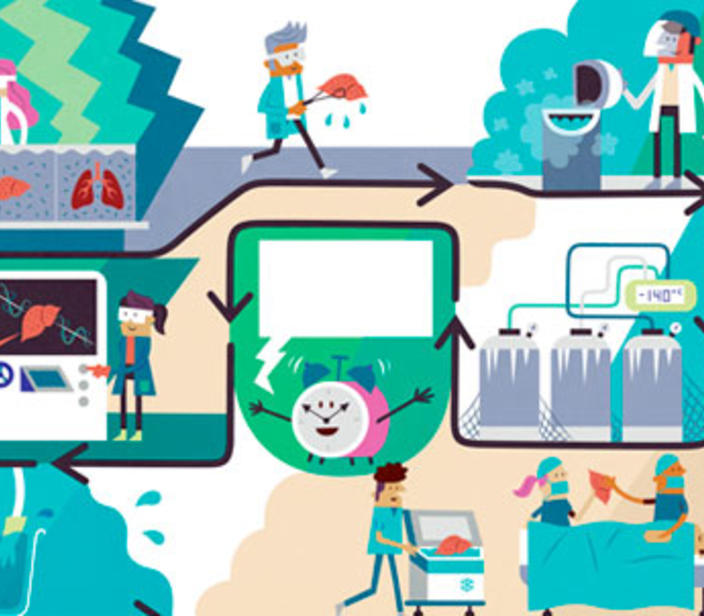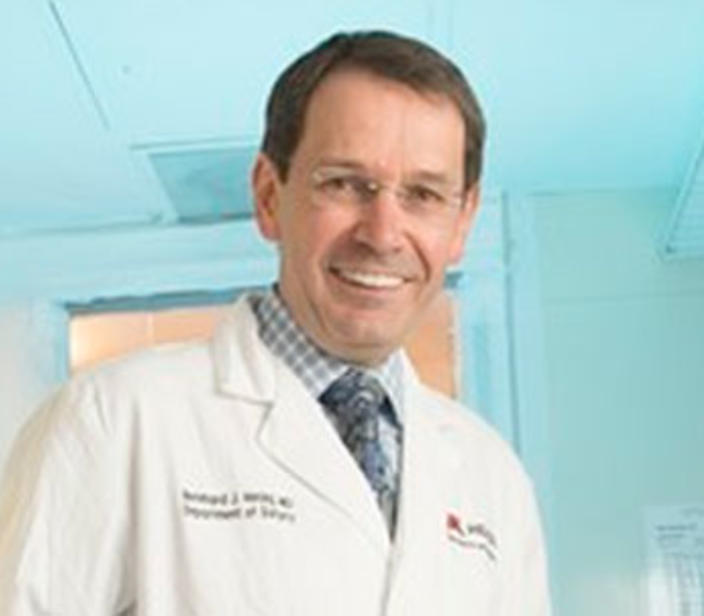Supporting Transplantation Research and Care

BUILDING ON A HISTORY OF FIRSTS
The University of Minnesota is home to one of the oldest and most successful solid-organ transplant programs in the world. Our physician-researchers pioneered several procedures that are still widely used today, including the world’s first:
- pancreas transplant (1966)
- intestinal transplant (1966)
- total pancreatectomy with islet cell autotransplant (1977)
- living-donor pancreas transplant (1979)
- living-donor liver transplant in an adult (1999)
Our teams have more than 50 years of experience caring for 12,000 recipients of heart, lung, kidney, liver, pancreas, islet, or intestine transplants.
PHILANTHROPY MAKES DISCOVERY POSSIBLE
Many solid-organ transplant practices developed at the University of Minnesota have been adopted as standard treatments throughout the world. Our physician-researchers continue to perfect less-invasive surgical techniques, refine the transplant process, and find ways to minimize medications—all to improve long-term outcomes for both organ transplant recipients and living organ donors.
Your support advances medical knowledge and changes lives. Give today.
What sets up apart

CONTACT US
Catherine McGlinch
Associate Vice President of Development, Medical School
mcgra022@umn.edu
612-626-5456


